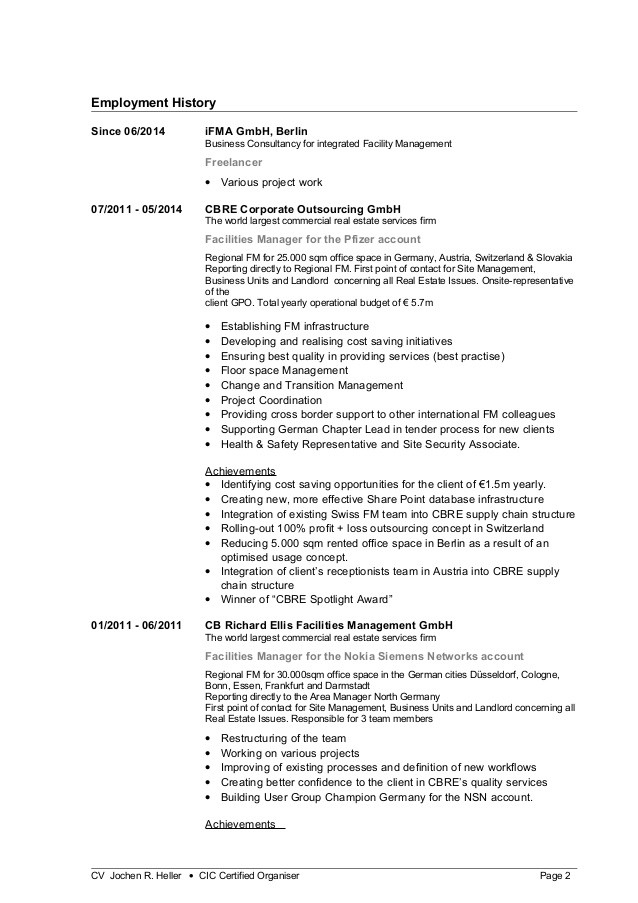Report Identifies 2015 Trends In Facility Management Commercial cleaning management and
Post on: 16 Март, 2015 No Comment

The American Institute for Cleaning Sciences (AICS), recently released its white paper, Cleaning Industry Trends 2015. The report identifies nine major trends in the cleaning industry and assesses their impact on the future of the sector.
The nine trends identified in this report include:
1. Greater Upper Management Intervention
2. Increased Buyer Sophistication
3. Focus on Supply Chain Management
4. Buyer Bargaining Power on the Rise
5. Outsourcing Prevails
6. Departmental Financial Analytics
7. Industry Standards
8. Human Resource Complexity
9. Sustainability Sustains
AICS President, David Frank, asserts that a proactive and effective response to these trends requires businesses to re-evaluate the effectiveness of their current sales and operational platforms, in order to remain relevant and competitive in the marketplace.
A number of forces have come into play that stand to radically shape and transform the facility maintenance landscape of the future. This report illustrates that continued reliance on legacy systems and old ways of doing things is a recipe for failure. The industry is changing at an increasingly rapid rate and this report discusses strategies to anticipate and successfully respond to marketplace trends.
Trend Watching
In business, everything begins and ends with customers; therefore, knowing, understanding, and applying customer trends and insights will forever be a holy grail to industry professionals.
1. Upper Management Intervention
White collar decision maker
Outcome and results driven
Bottom line focused
Uses business intelligence metrics
Attracted to a menu of business solutions
Seeks operational efficiencies most efficient way to deploy resources
Implications — Shift message from operational/tactical to strategic
2. Increased Buyer Sophistication
Millennial buyers entering workforce
Technically savvy
Access to industry knowledge
Employ data-based decision making
Seek transparency and relevant metrics
Attracted to salespeople with financial capabilities (white collar skills)
Implications — Match sales model/process to buyer
3. Focus on Supply Chain Management
Fact-based strategic sourcing
Improved planning for procurement
Lower operational expenses
Increased visibility
Ability to track and monitor compliance
Real-time business intelligence
Supply chain partners that are aligned with current business priorities to improve overall performance
Implications — Integrate supply chain management into key account marketing
4. Buyer Bargaining Power on the Rise
Reverse auctions
Buying cooperatives / groups
Federal Strategic Sourcing Initiative (FSSI)
Group Purchasing Organizations (GPO)
BSCAI Purchasing Advantage Program
Purchasers combining locations to drive price concessions
Implications — Position your organization to profitably participate
5. Outsourcing Prevails
All market verticals are evaluating outsourcing
Total cost reductions
6. Departmental Financial Analytics
Operational forensic techniques

Benchmark data
Workloading
Risk assessment of area types
Labor optimization techniques
Inspection and improvement
Zero-based budget methodology
Return on investment (ROI)
Implications — Become fluent in the financial metrics that drive your customers success
7. Industry Standards
Validate business processes
Define best practices
Establish standard operating procedures
Provide a prequalification tool for outsourcing
Serve as a department gap-analysis framework for evaluation and improvement
Implications — Commit to industry standards and learn how to help your customers achieve compliance
8. Human Resource Complexity
Management, supervision and worker skill training
Worker productivity
Effective human resources management policies
Worker safety compliance. OSHA is more active.
The Affordable Care Act (ACA) will become fully effective in 2015 for companies with 50 or more employees
Equal Employment Opportunity Commission (EEOC) enforcement
National Labor Relations Board (NLRB) compliance
Implications — Leveraging labor-saving solutions is at a premium
9. Sustainability Sustains
Corporate social responsibility (CSR)
Sustainability policy creation














